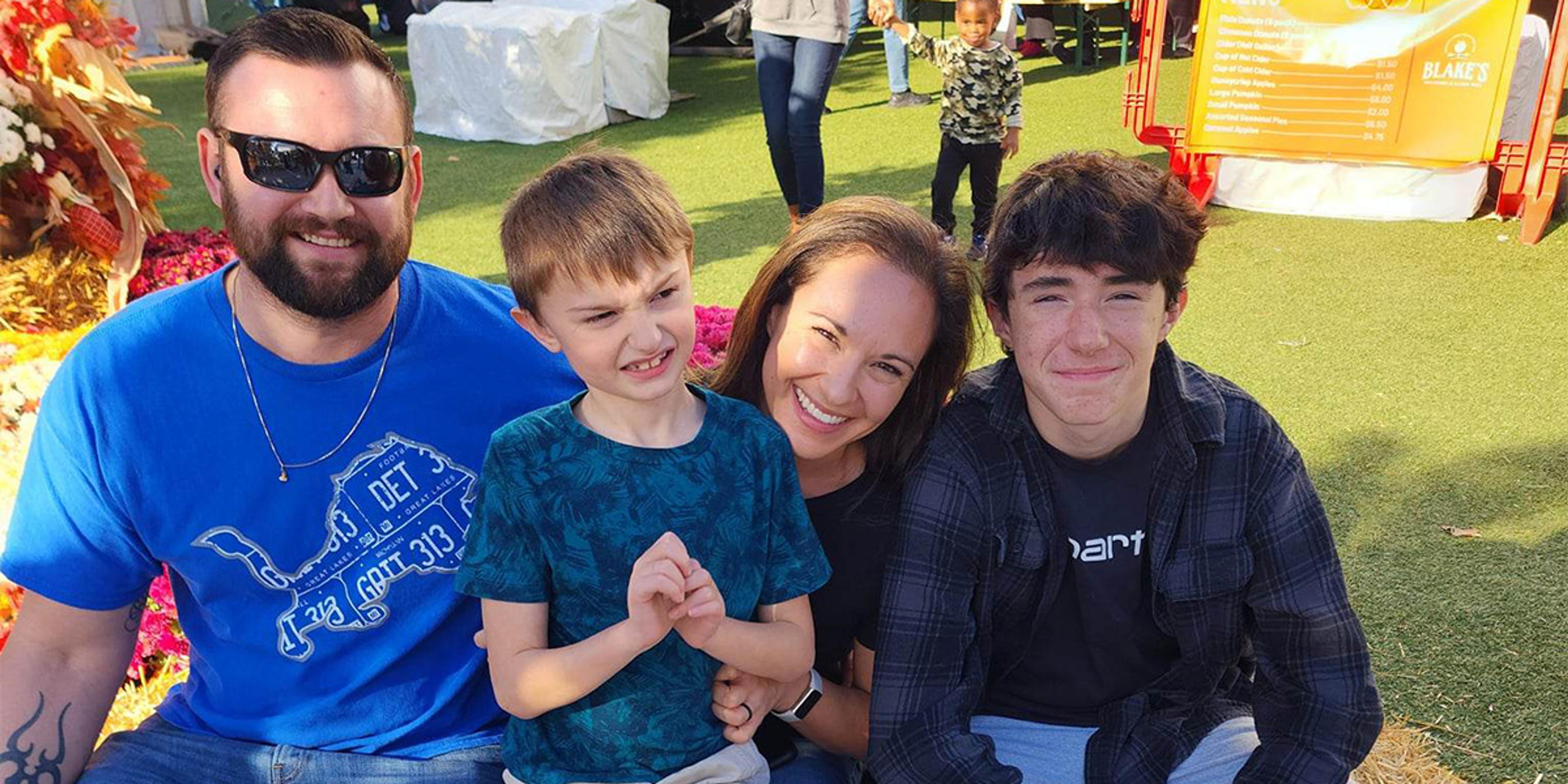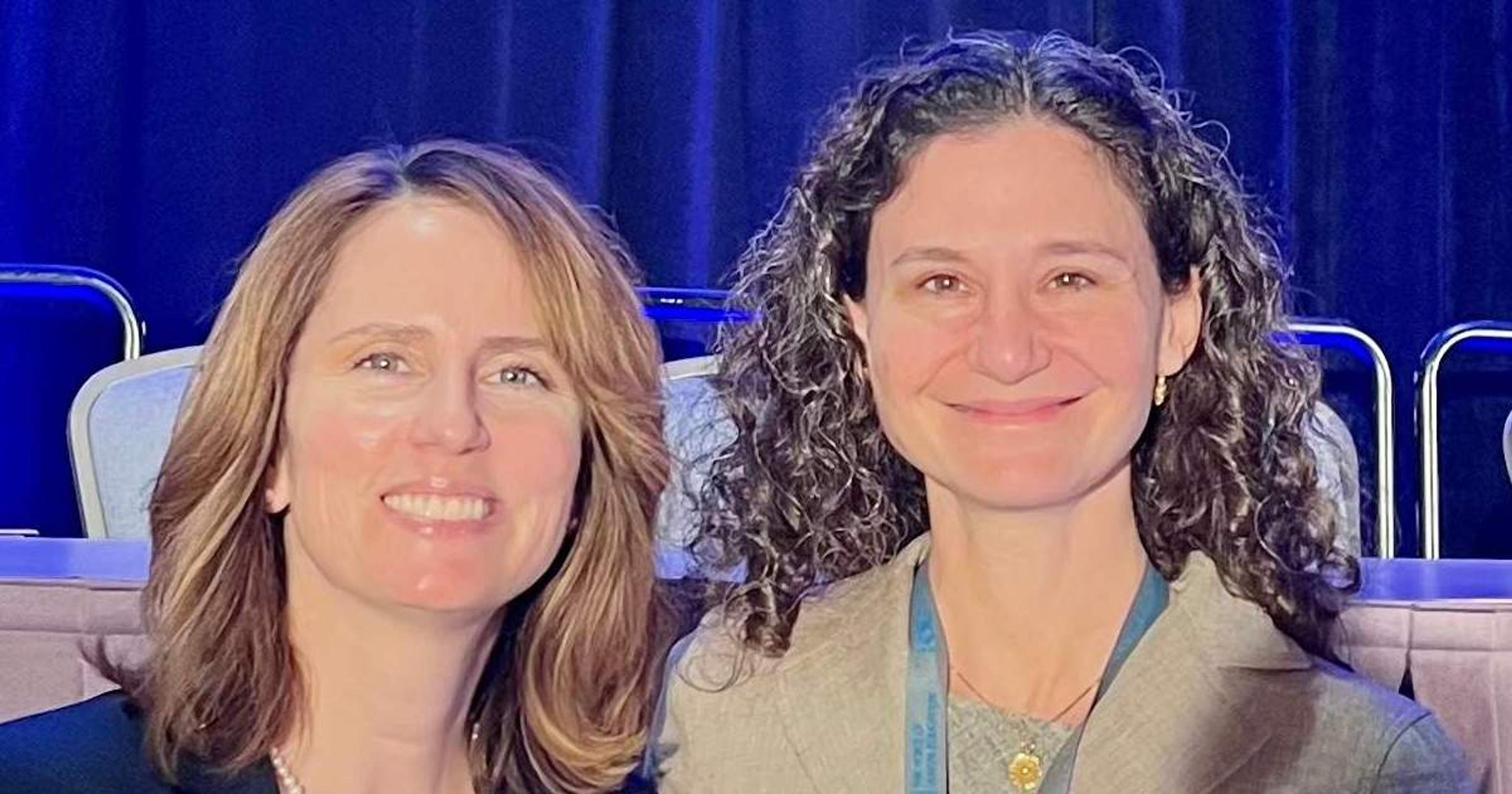Taking Action: Prevention Driving U.P. Coalition Efforts to Combat Opioids
Julie Bitely
| 4 min read

While more and more is being learned about the factors that drive opioid use disorder and how to effectively treat it, organizers in Michigan’s Upper Peninsula are also taking steps to prevent it in the first place. About 115 people die every day in the U.S. due to the opioid epidemic. In 2015, the U.P. had the unfortunate distinction of having the highest rate of babies born addicted to opioids in the state. “If we don’t do something on the prevention side and up our ante, making ourselves stronger, it’s just going to keep getting out of control,” said Gery Shelafoe, regional substance use disorder prevention coordinator at Northcare Network and coalition coach with the U.P. Coalition Network, providing oversight to the 14 youth-focused prevention coalitions covering the 15 counties of the U.P. A $52,500 grant from Blue Cross Blue Shield of Michigan, the Blue Cross Blue Shield of Michigan Foundation, the Michigan Health Endowment Fund, the Community Foundation for Southeast Michigan and the Superior Health Foundation as part of the Taking Action on Opioid and Prescription Drug Abuse in Michigan by Supporting Community Responsesinitiative, will allow the coalition to implement more prevention efforts. “The opioid crisis is of grave concern to many,” said Jim LaJoie, executive director of the Superior Health Foundation based in Marquette. “We have seen the devastating effects of this in our rural communities. Families are being destroyed … people are dying. We’re honored to partner with a number of invested state organizations to provide meaningful grant dollars to address this epidemic.” The funding will allow all of the U.P. county coalitions to understand their readiness to counteract the epidemic through the evidence-based Communities that Care (CTC) model. Research has shown that CTC coalitions help lower the rates of youth problem behavior like alcohol and drug use, delinquency, depression and more. A community survey kicks off the process by identifying readiness to tackle the issue. For example, in Baraga County, survey results showed a readiness score of 3.8 on a 10-point scale, which reflects a vague awareness of the problem and a level of pre-planning in place to tackle it. Shelafoe presented to Baraga County leadership in March about possible next steps they can take based on their readiness score. The CTC model actually identifies tactics and strategies communities can implement based on their score, tailoring a plan that meets them where they are. Alger County has the longest-standing CTC program in the U.P. Certified prevention specialist Mary Jo O’Halloran said leaders from many sectors need to be involved to make it work. Volunteers are in constant demand to helm fundraisers and plan and execute community campaigns and programs. O’Halloran is constantly on the lookout for grants to support prevention efforts, noting that fighting the opioid epidemic is of particular importance. “The opioid thing is really scary,” she said. “These are our children, our neighbors, our everybody,” O’Halloran said. “The more we can saturate our youth with this prevention piece, the obvious goal is that they aren’t going to use when they’re older.” In addition to the CTC piece, Shelafoe said additional efforts will be undertaken to provide education to physicians and other professionals on understanding new prescribing guidelines for opioids. The coalition network also plans to execute media campaigns about why it’s important to dispose of unused prescriptions, how the overdose-reversal drug naloxone works and how to get it, as well as why opioid prescriptions can be dangerous for certain people. “You might monitor prescriptions a little more closely if you know the risks,” she said. Live in the U.P.? To volunteer with your local coalition, find contact information here. This post is part of our Taking Action series, in which we’ll focus on Blue Cross-supported efforts across Michigan to address the opioid epidemic. Check back to find out how other communities are fighting the problem of opioid use disorder and overdose. Learn more about the problem here:
- Taking Action: The Power of Putting "Hope Before Handcuffs"
- Taking Action: Multi-Pronged Approach Fighting Opioids in Northern Michigan
- Learn How Opioid Abuse Affects Michigan Families and Businesses
Photo credit: A Healthier Michigan





